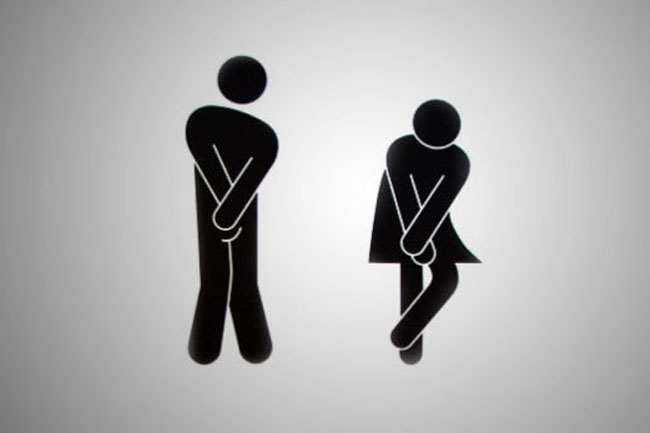To Go or not to Go
Students are forced to avoid using the restroom as a result of school rules and restrictions.
October 13, 2019
High school is often associated with large workloads, busy schedules, and unnecessary amounts of stress. Students can attest to this. Unfortunately, this lack of time causes problems to modern-day students, including those at YLHS. Perhaps the most specific (yet applicable) example of such is unhealthy school restroom habits.
Some may not believe that restricted restroom use is a valid and prevalent concern. However, many studies and surveys were made on the subject. The most recent and extensive 2015 national study found alarming results; according to The Atlantic, “81 percent of teachers allow unlimited access to water,” but “88 percent said they encourage their students to hold their pee.” Furthermore, “36 percent of participants… had a [school] protocol in place to encourage students not to use the bathrooms during class time.” This means that, although they lack a formal school protocol, the majority of schools discourage restroom use by individual policy.
YLHS is not an exception to the trend, and students can often go through the whole day without using the restroom. Kim Jeves (9) says she rarely has time to use the restroom “…unless [she] drinks lots of water,” in which case she “only use[s] the bathroom once every day at school.” Are the seven minute breaks between periods sufficient? Can students use the restroom, walk across campus, and make it to class on time? Especially notable is the girls’ bathroom lines, which for one reason or another is always significantly longer than the boys’ lines.
Since YLHS has no written school policy (at least, none commonly known), many teachers took up their own bathroom policies. Some teachers distribute bathroom passes that, if unused, can be redeemed for extra credit. Some only dismiss students one at a time, while others simply ask students to wait until the end of class. These kinds of practices further discourage the use of school restrooms.
Such mindsets need to change because restroom policies directly affect students’ health. First off, holding urine can lead to a dysfunctional bladder. Although students are hopefully past their bed-wetting age, a stretched bladder causes frequent accidents. Healthline warns that stressed bladders “can lead to long-term symptoms such as a swollen colon, nerve damage to the bladder, or urinary tract infection (UTI).” Even cancer, usually a degenerative disease, is more likely to occur in a stretched bladder.
Although harmful, restroom standards are made with good intentions. Usually restrictions are made to increase class time, minimize class disruption, and make the most of time in school. It is most important to find a healthy balance between student welfare, productivity, and discipline.
With this in mind, do not refrain from using the restroom. Make good use of the seven minutes between periods. Make good use of break and lunch. And, if all else fails, use those bathroom passes: no extra credit is far more ideal than a bladder infection.























